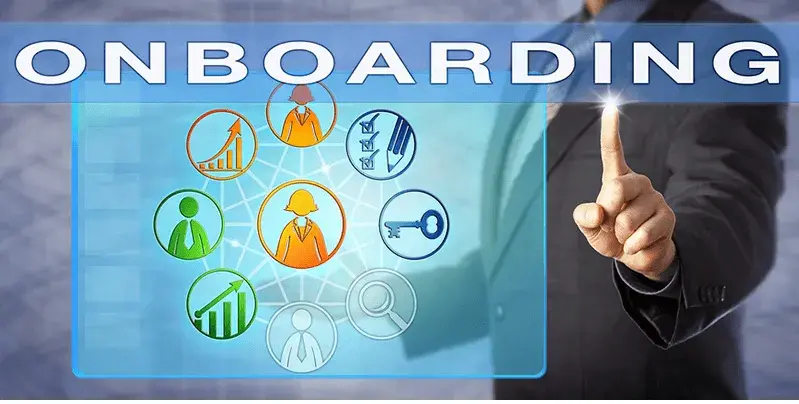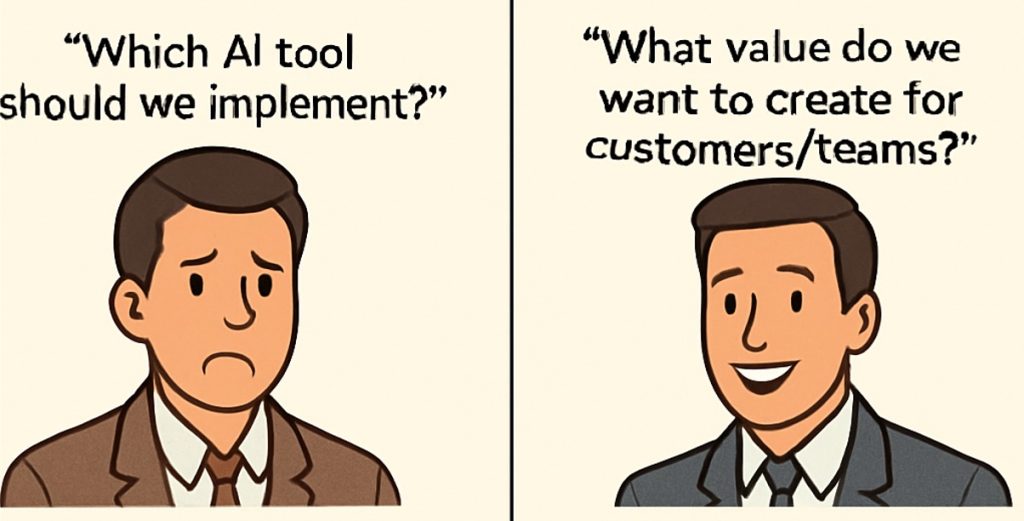Most of the IT organizations are onboarding their new joinees remotely. It is one of the most critical activities for any organization. The process of assimilating a new joinee includes imbibing the new org culture, getting to know people, and feeling that “I am able to contribute” quickly. It reduces new employee Anxiety and results in happiness.
Many articles, blogs, and videos give you a list of activities to get people onboarded remotely. But how these activities are done, what cultural traits that can be demonstrated in these activities make a significant impact.
Fortunately, I had an opportunity to engage in consulting projects in 2 different organizations. I was onboarded into both the organizations remotely, like many other organizations.
I share a few tips that helped me get onboard and engage quickly, understand, and navigate the org structure to get things done for some standard onboarding practices. I want to highlight a few tips that could help new joiners in understanding Organization culture during the remote onboarding process, which would have been done otherwise in F2F onboarding. Listed below are five standard practices and some tips in each area.
1. Introduction to each of the teammates individually. The practice’s objective is to help understand the team members and get engaged to work as a natural team. Here are some nuances that can be done in just the introduction meeting that will help new joiner enjoying the process and getting engaged faster.
a. Each team member set up GTKY (Getting to know you) meeting with me rather than expecting the newbie to set up a meeting. Each of these meetings made me feel welcome, and I felt like a valuable team member. Also, I will not be making a mistake of missing meeting a team member, thereby alienating a colleague.
b. All meetings were done via video and helped me put a face to each team member I had a GTKY meeting.
c. GTKY meeting was not just to introduce yourself w.r.t experience, role, and work. They made it personal and shared some own backgrounds, such as kids, hobbies, and how COVID is treating them. This also helped me to connect with people quickly.
2. Have virtual coffee sessions /Lunch sessions: This practice’s objective is to create a fun environment/ water cooler moment that would have been in the office.
a. Not make it artificial and not to do it just because it is a best practice. Let it be natural and do not use this session to do surveys etc. In one instance, the team was mandated to attend virtual coffee sessions, and it was not a fun moment for the team anymore.
3. Set expectations and communication channels: This practice aims to understand how the team communicates and some essential values to the organization.
a. Usage of acronyms and Lingos: Set the expectation that they need to explain the abbreviation whenever they use it. As a new joiner to the organization, it takes a lot of time to understand the jargon and acronyms established in the org. During my onboarding, we created a rule that whenever team members use new acronyms, they have to sing in the next meeting. (we could use any other fun activities)
b. Set clear communication channels and protocols. Some example, in some organizations, every meeting might require a presentation, and, in some cases, they do not like it. Another example is being online during a specific part of the day to help collaboration among team members.
4. Organization Culture: The onboarding process is the biosphere in which you cultivate and nurture company culture, and it is not a one-time activity to demonstrate the culture.
a. Onboarding was considered a series of events and was planned to integrate us into cultural and social fibers. For ex, we were given a set of tasks such as “Meet someone in an operational team,” which was out of project scope or participate in the social gathering, etc. These tasks had organization core values imbibed and helped us see the values of an organization.
b. Showcase the culture: Keep talking about it and connecting it with actions. For example, one of the organizations shared the board meeting notes to the entire organization demonstrating the culture of transparency.
5. Meet leaders in their teams /cross-functional teams. Leadership’s role in helping new hires feel at home, valued and can make or break an employee’s decision to stay long term.
a. Leaders were given training for remote onboarding, and it was called out explicitly as part of the role.
b. Leaders allocated a few hours a day for the new joiners to ping them and ask questions about the organization. All of us could feel that we are valued and support from the leaders in achieving our goals
Some of the tips seem so small, and you might be wondering if it does help. We sometimes underestimate the influence of little things and to fix big things; we need to start small.
I would love to hear from you about your experiences in onboarding, a new team member. How do we onboard freshers who might need a lot of hand-holding compared to an experienced resource? Share your journey and comments at https://pm-powerconsulting.com/. Happy reading!






2 Responses
Nice blog Savitha!. Very practical tips based on actual experience….
Thanks for the information. Could you share if organization expects how the room should be ? or Any minimum expectation of bandwidth?